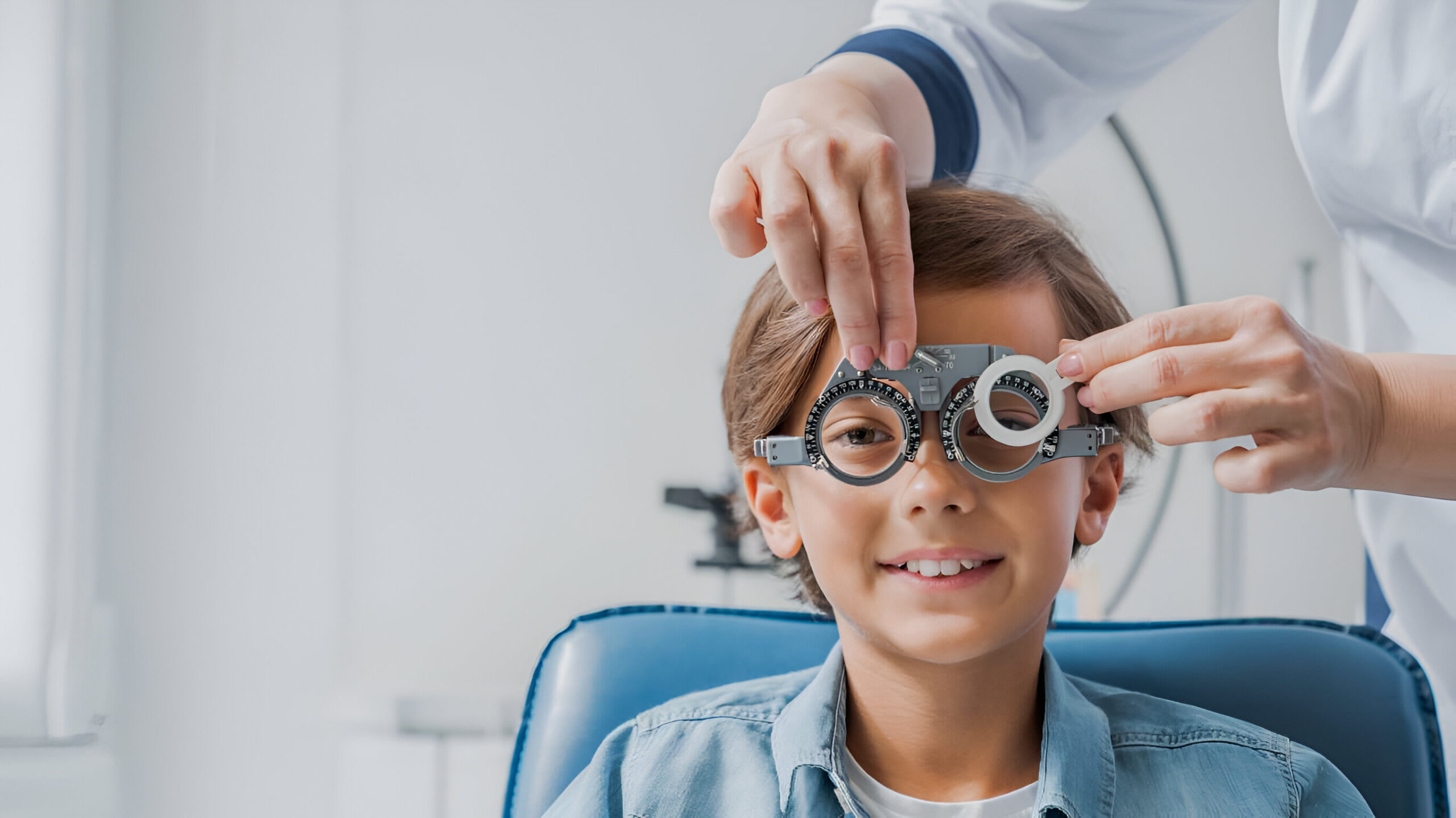
Vision plays a critical role in a child’s development, from learning to read to navigating the world safely. Yet, many visual issues go unnoticed during early childhood because children may not realize their vision is impaired—or may not be able to communicate it. This makes early detection by parents, teachers, and eye care professionals absolutely essential.
In this post, we’ll explore when to worry about a child’s vision, the signs of common pediatric eye conditions, and the importance of regular eye exams.
Why Pediatric Eye Health Matters?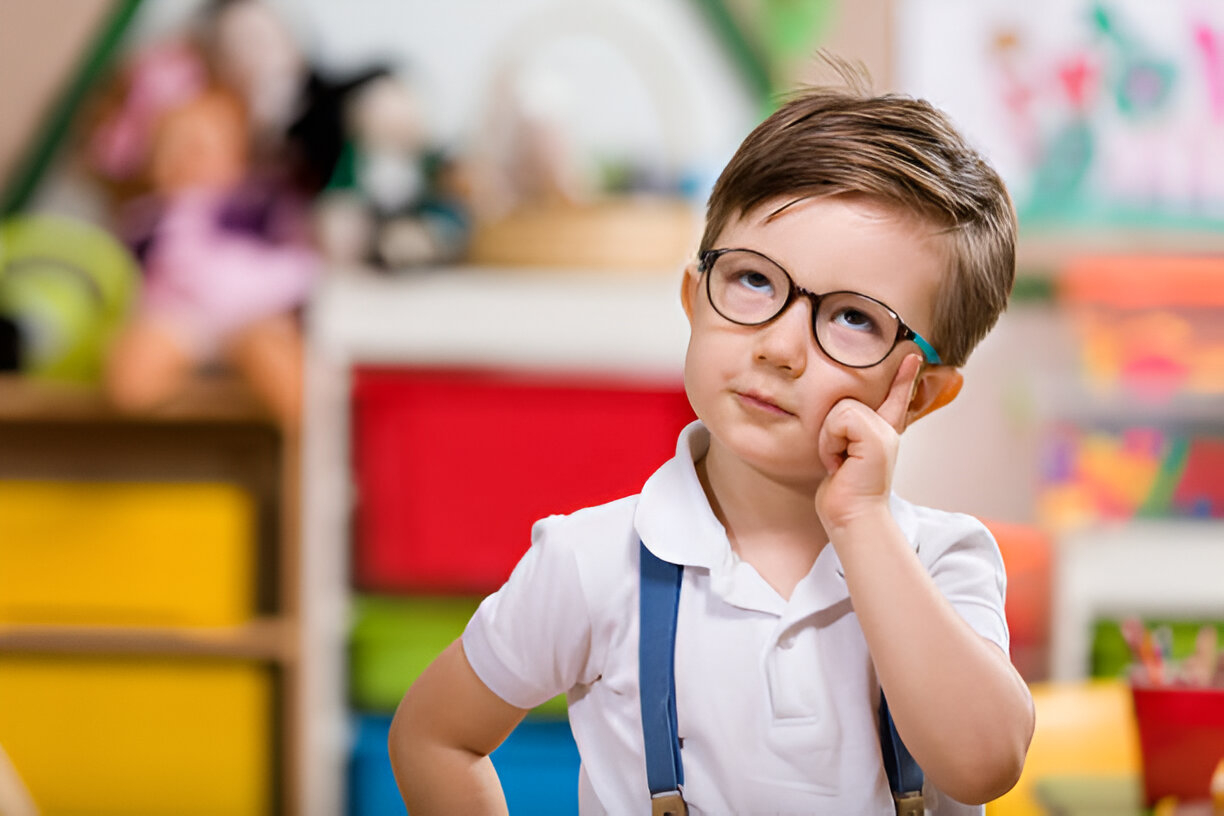
The first few years of life are crucial for visual development. The brain and eyes are learning to work together, and any interruption in this process—like uncorrected refractive errors or eye misalignment—can lead to long-term vision problems like amblyopia (lazy eye).
According to research, 1 in 4 school-aged children may have a vision problem that could affect their academic performance and quality of life.
Signs Parents Should Watch For
Since children don’t always complain about poor vision, observing behavior is key. Some warning signs include:
-
Squinting or tilting the head while watching TV or reading
-
Holding books or screens too close
-
Frequent eye rubbing or blinking
-
Poor hand-eye coordination or clumsiness
-
Difficulty focusing on or tracking objects
-
Avoiding near tasks like coloring or puzzles
-
Headaches, especially after screen time or reading
If you notice any of these behaviors, it’s a sign the child might need a comprehensive eye exam.
When to Schedule Eye Exams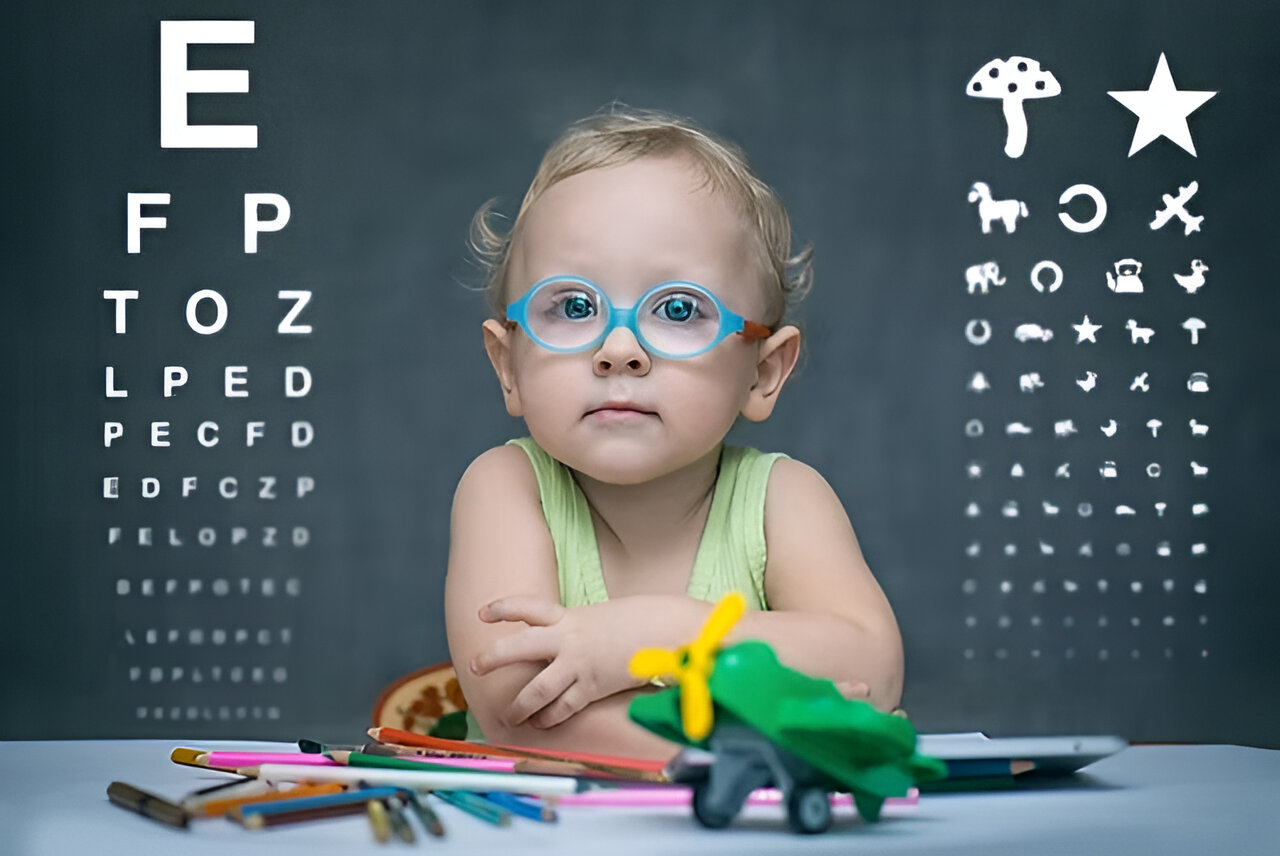
The American Optometric Association recommends the following schedule for pediatric eye care:
-
At 6 months: First eye exam to check basic eye health and alignment.
-
At 3 years: Evaluation of visual acuity and binocularity.
-
Before starting school (around 5 years): Full assessment to ensure vision supports learning.
-
Every 1–2 years after that, unless advised otherwise.
Early diagnosis allows for early intervention, which is far more effective in childhood than in later years.
Common Pediatric Eye Conditions to Be Aware Of
1. Refractive Errors
-
Includes: Myopia (nearsightedness), hyperopia (farsightedness), and astigmatism.
-
Signs: Blurry vision, squinting, or complaints of poor distance vision.
-
Management: Glasses or, in some cases, myopia control strategies like atropine drops or ortho-k lenses.
2. Amblyopia (Lazy Eye)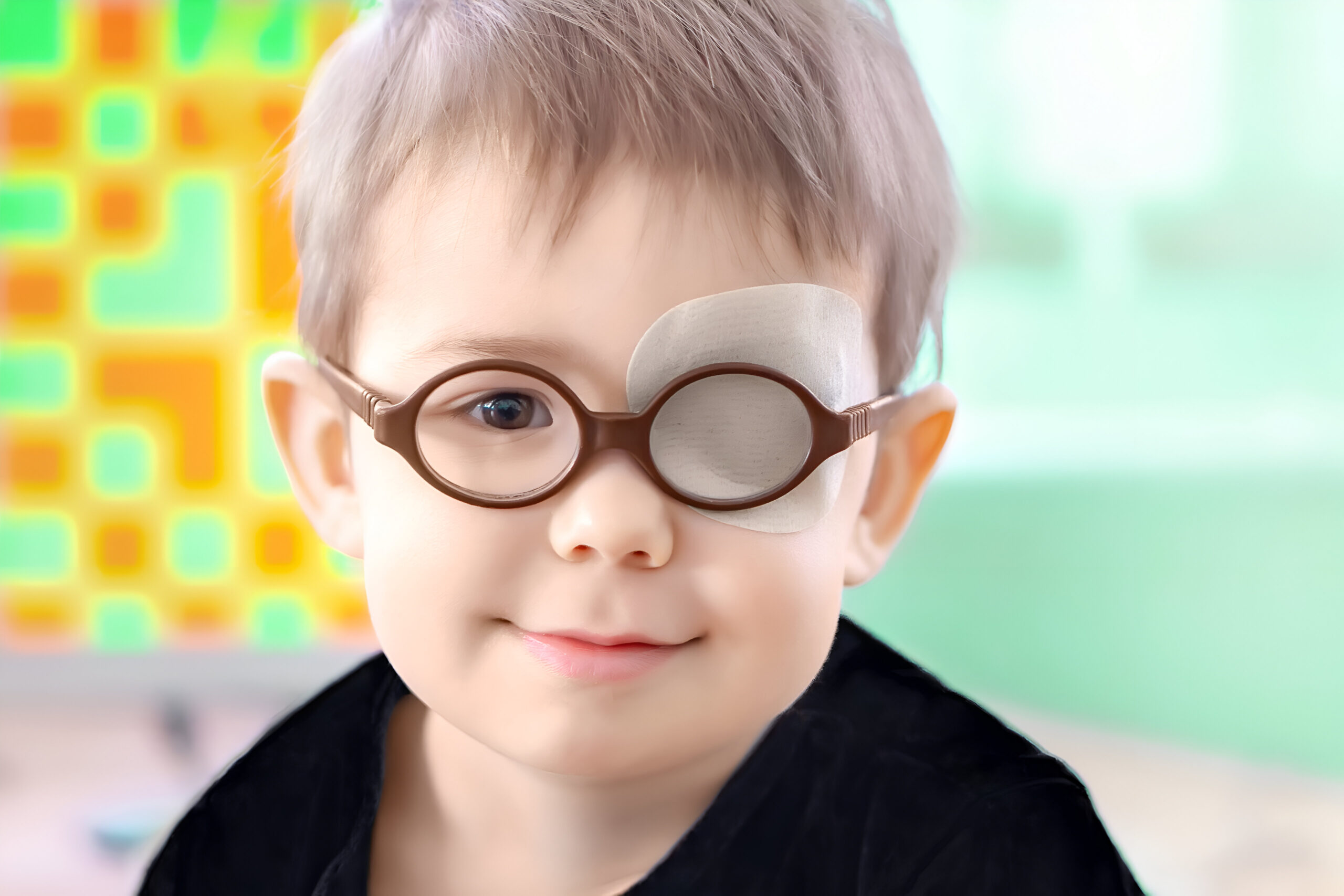
-
What it is: Poor vision in one eye due to lack of proper visual stimulation.
-
Cause: Often due to strabismus, anisometropia, or visual deprivation.
-
Importance of Early Treatment: Most effective when treated before age 8 using patching, glasses, or vision therapy.
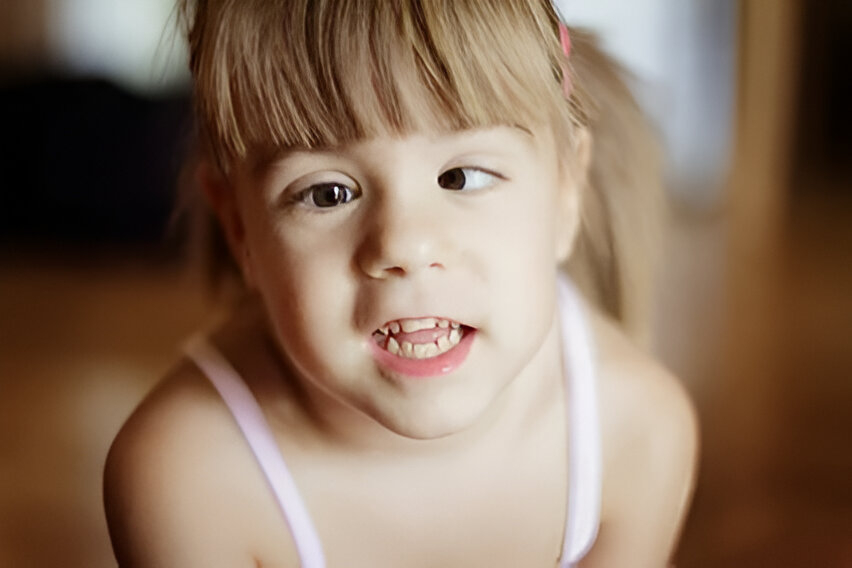 3. Strabismus (Crossed or Wandering Eye)
3. Strabismus (Crossed or Wandering Eye)
-
Visible Clue: One or both eyes appear misaligned.
-
Risks: Can lead to amblyopia if untreated.
-
Treatment: Glasses, eye exercises, or in some cases, surgery.
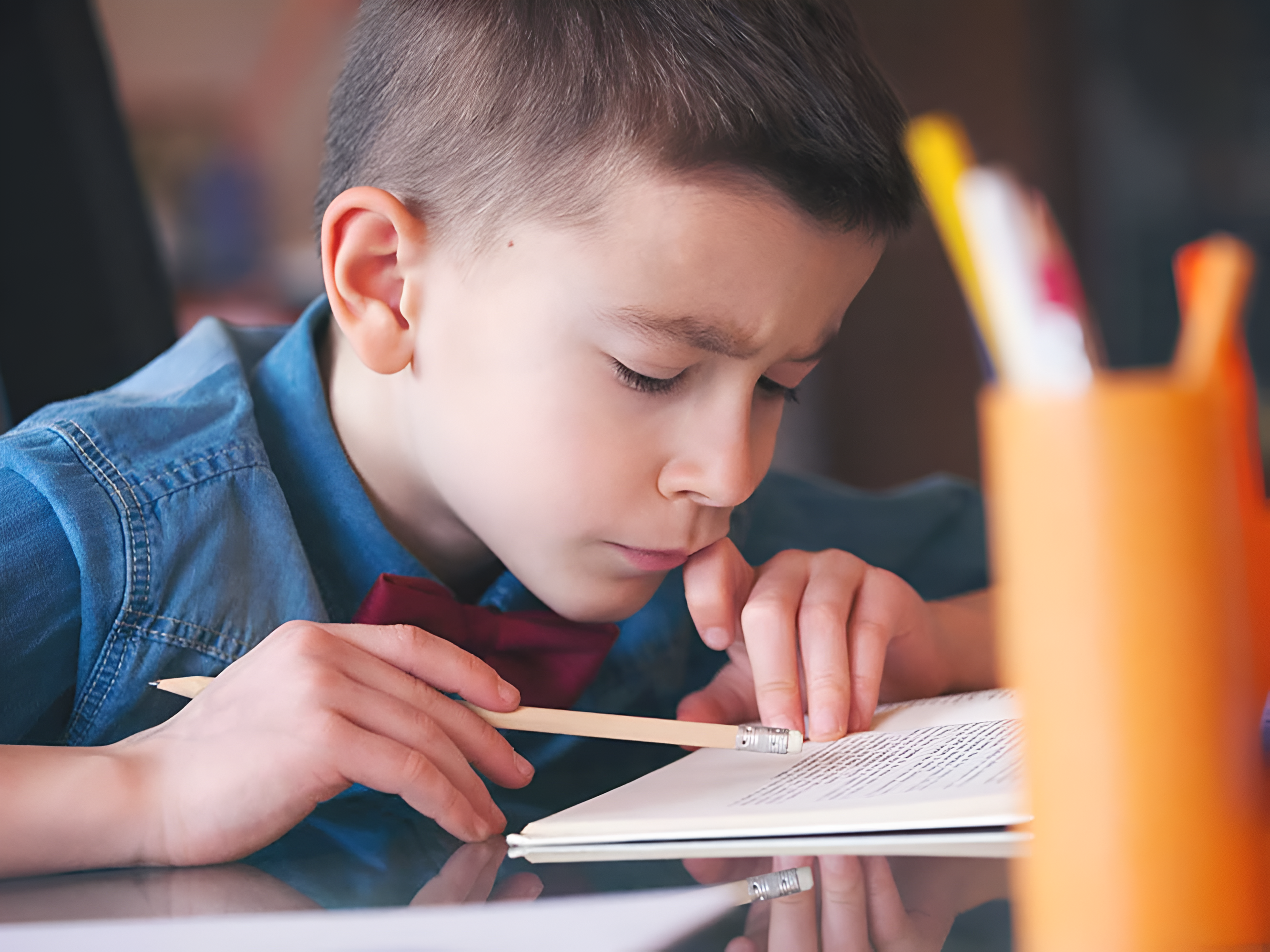 4. Convergence Insufficiency
4. Convergence Insufficiency
-
Symptoms: Eye strain, double vision, or trouble concentrating on close work.
-
Detection: May not show up on standard vision screenings—requires a full optometric evaluation.
-
Treatment: Vision therapy can be highly effective.
 5. Color Vision Deficiency
5. Color Vision Deficiency
-
Often Genetic: More common in boys.
-
Detection: Usually doesn’t impact safety or learning, but should be identified early.
-
Why It Matters: Helps tailor educational tools to avoid confusion (e.g., red-green tasks).
Vision and Learning Go Hand-in-Hand
An estimated 80% of learning is visual in the early school years. Poor vision can mimic ADHD or learning disabilities and lead to:
-
Poor academic performance
-
Frustration and behavioral issues
-
Low self-esteem
That’s why vision should always be a part of a child’s back-to-school checklist.
Final Thoughts: Partnering with Parents and Educators
Optometrists are key allies in a child’s developmental journey. But we also need to educate parents, teachers, and pediatricians about what to look for and when to refer.
Encouraging comprehensive pediatric eye exams—even in the absence of symptoms—can change a child’s future by giving them the clear vision they need to thrive in school and in life.
Every child deserves the gift of clear sight. Sometimes, all it takes is one eye exam to make that happen.

